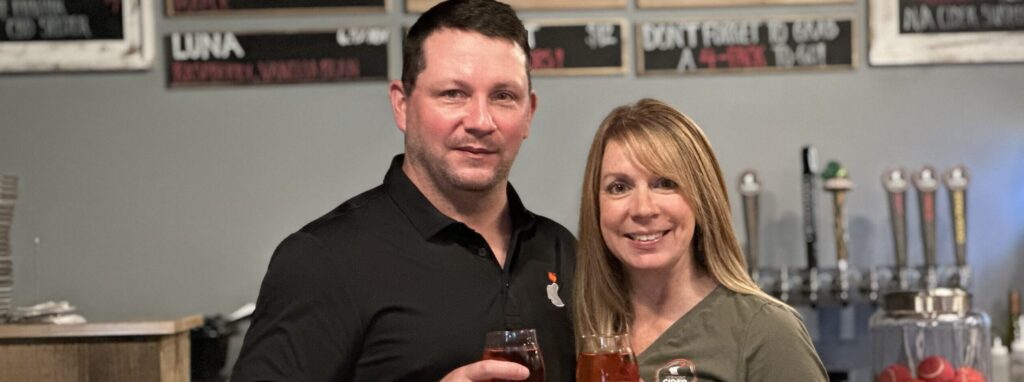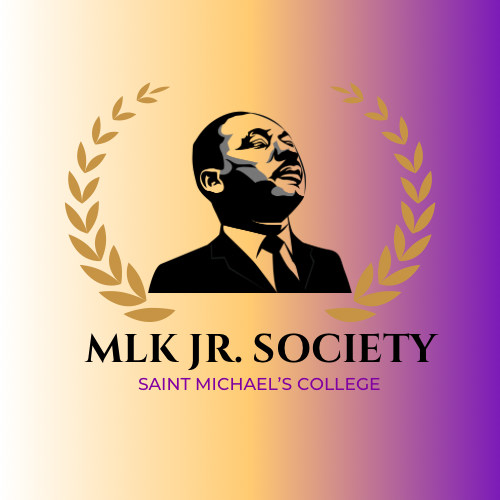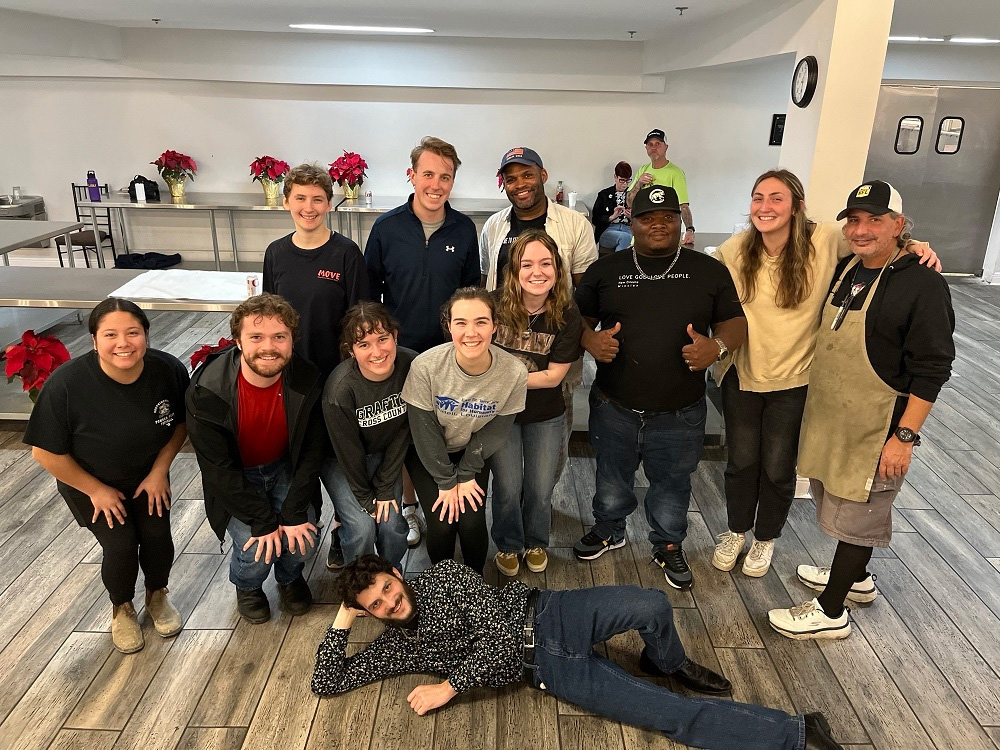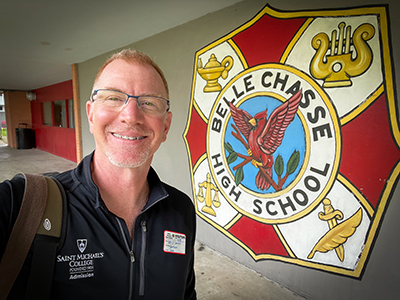Constructing a Future Career
What makes a great summer job? For some students, it’s lifeguarding, waiting tables or counseling campers, routines far different from their semesters in a classroom. But for a handful of academically focused Saint Michael’s students, their dream job entails the esoteric concepts and sophisticated math and computer tools used in the promising applied science of “self-replicating nanoscale origami.”
As they’ve done for about a decade, Professor of Mathematics Jo Ellis-Monaghan and Professor of Computer Science Greta Pangborn work with the students, who interact with models and computers as they delve into the possibilities of nanostructures, particularly nanoscale molecules that self-assemble from strands of DNA. Students build physical models of the molecular structures in the lab that help them visualize and figure out problems of workable constructs and folds for the nano-containers.
Their collaborative research is being supported by a $2 million 2013 National Science Foundation grant for a cross-institutional project team. Team members hail from Cal Tech, New York University and City of Hope cancer research hospital, along with a sculptor in Oregon.
Both Sam Blakely ’15, and Mary Falcigno ’15 say they hit the jackpot with their summer lab experiences. Their research involved “working with DNA strands that self-assemble into shapes used for a number of things, including targeted drug delivery,” Blakely says. “We put together capsules that can hold the drugs, and write software that can figure out how to put together chemicals most efficiently. We make the design strategies, and a group at Cal Tech actually makes them.”
Falcigno worked with Ellis-Monaghan and Pangborn in the summer lab in 2012 and 2013. “I knew that I was going to gain skills such as working on a team and a way of problem-solving and thinking that is used often in mathematical fields,” she says. “I never thought of mathematical research as being a career path I’d consider.”
But after two summers of research she says, “It is something I definitely want to continue pursuing. The research experience gave me a great opportunity to meet with people who are not just math majors, but also interested in computer science and engineering.”
That made her a more flexible coworker and a faster thinker, she says. “I also gained organizational skills that I have been applying to my academic life and daily activities.”
For Blakely, the experience opened doors he scarcely could have imagined as a first year student. He wrote a research proposal and landed a NASA grant, spending summer 2014 independently researching quantum computing, with mathematics professor James Hefferon as adviser.
His research with Ellis-Monaghan and Pangborn “played a direct and important role in supporting my ability to define a research objective and to conduct an investigation into upcoming areas of math and computer science,” Blakely says. His quantum computing research culminated in a presentation at the Mathematics Association of America’s national Mathfest in Portland, Oregon.
Blakely is now exploring job possibilities in the science/mathematics field.






